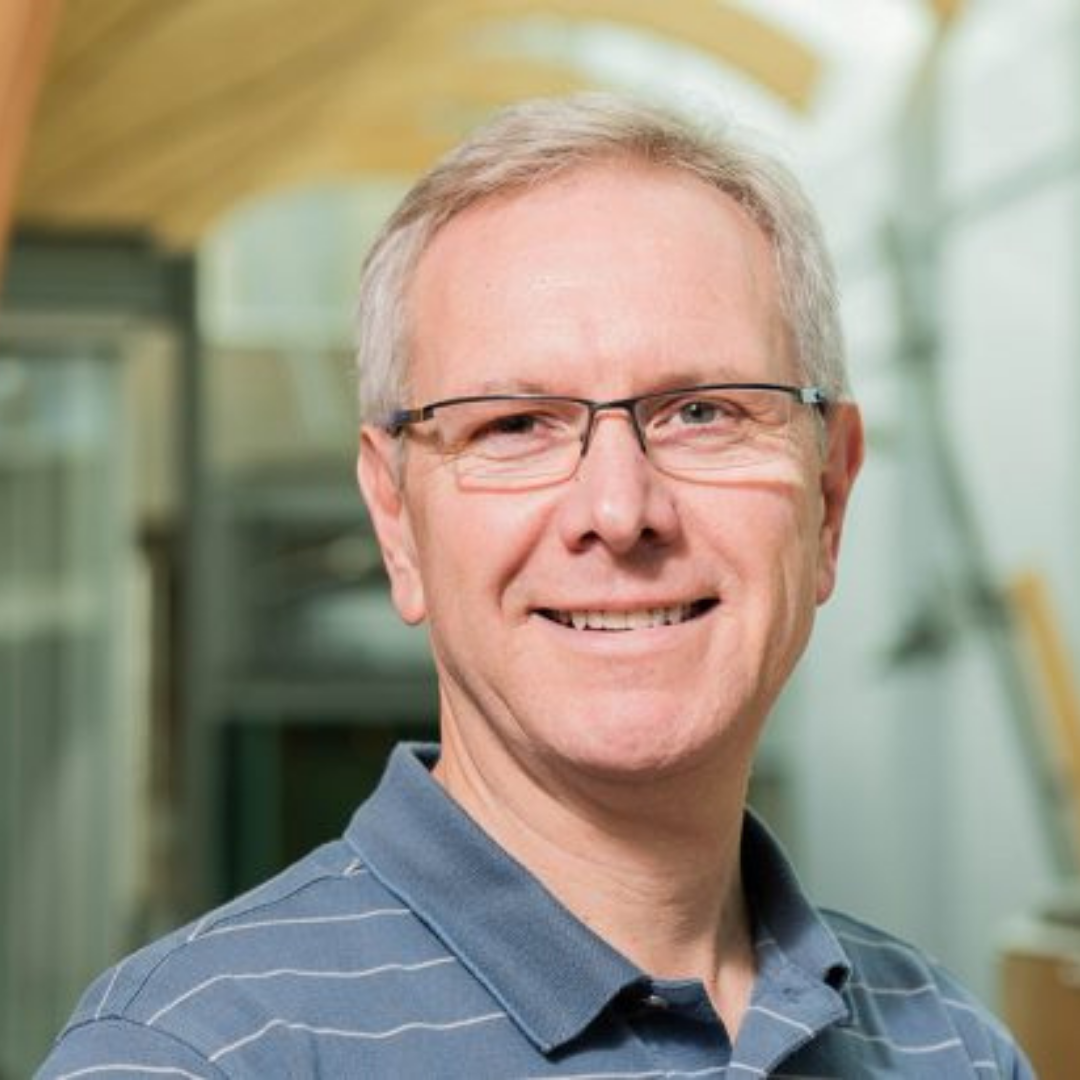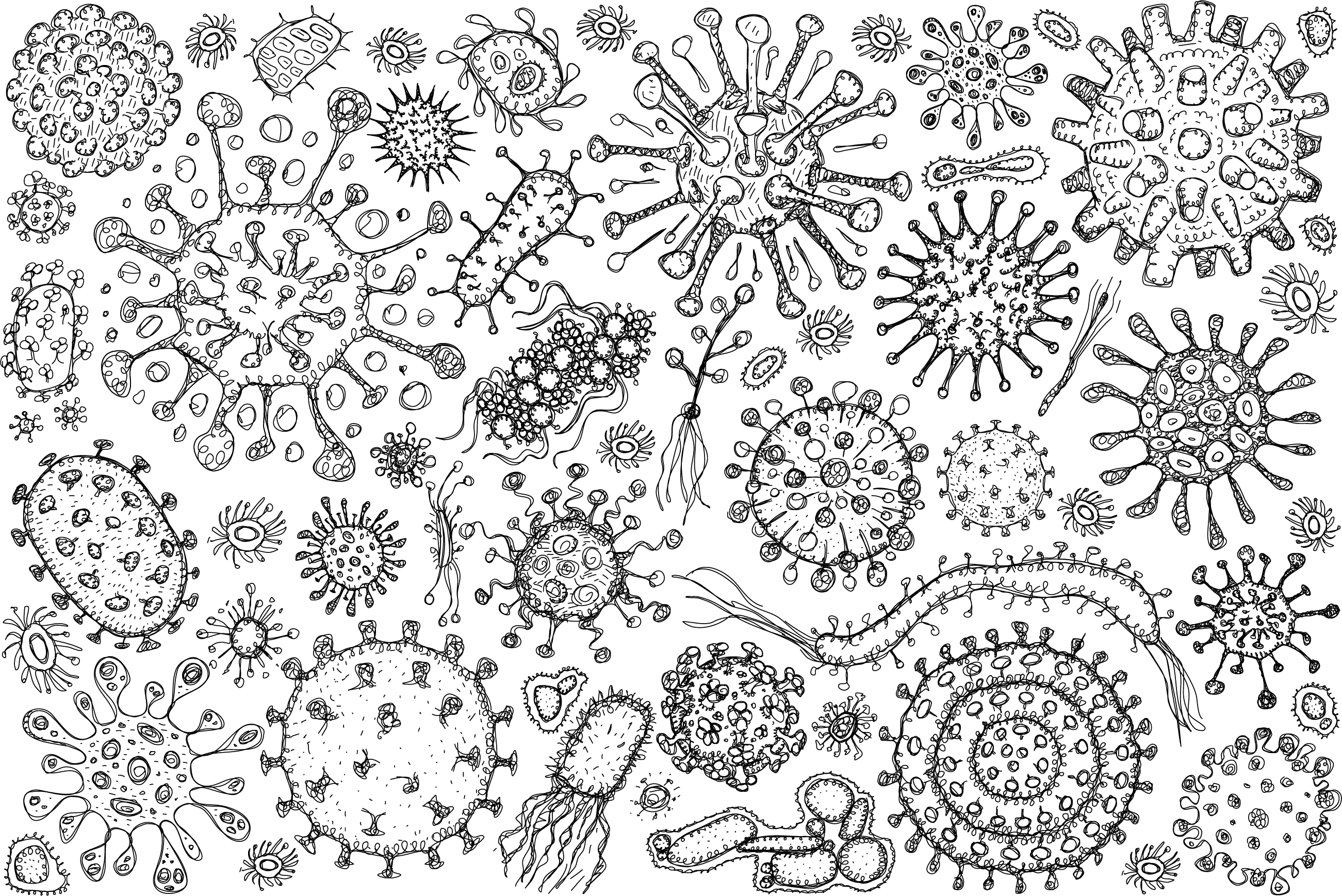
Professor
Research Faculty
Email
(Twitter)
Office Tel
604-822-4732
Office Location
MSL 301 - 2185 East Mall, Michael Smith Laboratories
Lab Name
Kronstad Lab
Lab Website
Lab Tel
604-822-2217
Lab Location
MSL 359 - 2185 East Mall, Michael Smith Laboratories
Publications Website
Associated Departments
Department of Microbiology and Immunology
Faculty of Agricultural Sciences
Michael Smith Laboratories
Research Group
Pathogenesis
Research Interests
We are interested in several aspects of fungal biology including pathogenesis, morphogenesis, infection-specific gene expression and self versus nonself recognition (mating). The fungal species that we are studying include the cereal pathogens Ustilago maydis and Ustilago hordei. These basidiomycete fungi are highly amenable to molecular genetic experimentation and cause dramatic diseases on maize and barley, respectively. We are also using the basidiomycete Cryptococcus neoformans to explore fungal pathogenesis. This fungus is an opportunistic pathogen of immunocompromised humans. The following projects are underway in the laboratory.
- U. maydis and U. hordei have fascinating mating systems that involve genes at two genetic loci called a and b. The a locus encodes pheromones and pheromone receptors that mediate recognition between mating partners. The b locus encodes homeodomain proteins that control a switch from budding to filamentous growth. We are currently characterizing the b proteins and exploring the differences in the genomic organization of the mating type genes in the two species. The a and b genes are on separate chromosomes in U. maydis and they are linked together on the same chromosome to create a single MAT locus in U. hordei. Surprisingly, we have recently shown that the MAT locus is approximately 500 kb in size in U. hordei making it the largest mating-type locus characterized in fungi to date.
- We have also been characterizing the role of the cAMP signal transduction pathway in the control of morphogenesis and pathogenesis for U. maydisand C. neoformans. For U. maydis, we have found that mutants defective in the cAMP pathway are altered in cell shape and virulence. For example, mutants defective in adenylate cyclase or in cAMP dependent protein kinase (PKA) no longer grow by budding and instead display constitutive filamentous growth. In contrast, cells defective in the regulatory subunit of PKA display a multiple budding phenotype. We are currently identifying genes encoding downstream targets of PKA; some of these genes are required for growth and sporulation in host tissue.
- We have initiated a genome-wide analysis of gene expression in C. neoformans. This work is in collaboration with the Genome Sequence Centre in Vancouver and is supported by a Scholar Award from the Burroughs Wellcome Fund. We are employing the technique of serial analysis of gene expression (SAGE) to examine the transcriptomes of serotype A and D strains. Our initial experiments are focused on comparisons of transcipt profiles as a function of temperature (to examine thermotolerance) and as a function of growth in the host. The latter experiments will identify genes whose transcripts are up or down regulated during infection. This work will lead to a detailed view of gene expression during adaptation of the fungus to the host environment. To support the gene expression work, we have also participated in five genome sequencing projects for C. neoformans. We have contributed physical maps and we sequenced the genome of one strain in Vancouver (with funding from Genome Canada).

